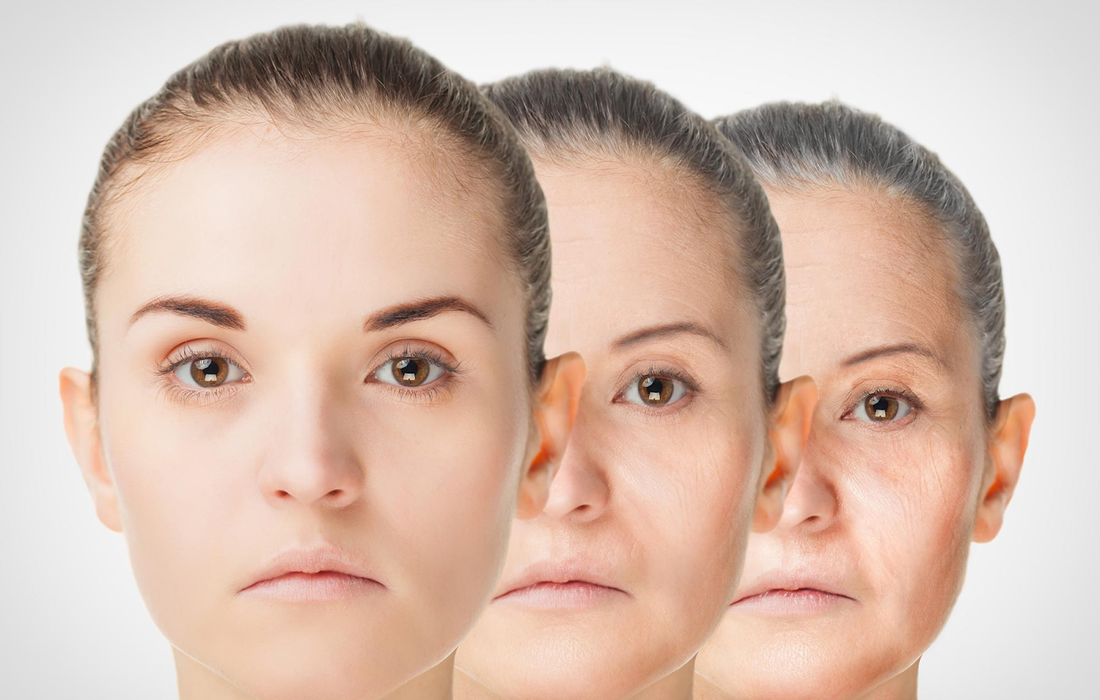Anti-Aging
Scientists Have Shown they Can Safely Reverse the Aging Process in Mice
Partial reprogramming by expression of reprogramming factors (Oct4, Sox2, Klf4 and c-Myc) for short periods of time restores a youthful epigenetic signature to aging cells and extends the life span of a premature aging mouse model. However, the effects of longer-term partial reprogramming in physiologically aging wild-type mice are unknown.
As organisms age, it is not just their outward appearances and health that change; every cell in their bodies carries a molecular clock that records the passage of time. Cells isolated from older people or animals have different patterns of chemicals along their DNA, called epigenetic markers, compared to younger people or animals. Scientists know that adding a mixture of four reprogramming molecules , Oct4, Sox2, Klf4 and cMyc, also known as “Yamanaka factors“, to cells can reset these epigenetic marks to their original patterns. This approach is how researchers can dial back adult cells, developmentally speaking, into stem cells.
Scientists have shown that they can safely and effectively reverse the aging process in middle-aged and elderly mice
Juan Carlos Izpisua Belmonte, a professor in Salk’s Gene Expression Laboratory, in 2016 reported for the first time that they could use the Yamanaka factors to counter the signs of aging and increase life span in mice with a premature aging disease.
In the new study, Izpisua Belmonte and his colleagues tested variations of the cellular rejuvenation approach in healthy animals as they aged. One group of mice received regular doses of the Yamanaka factors from the time they were 15 months old until 22 months, approximately equivalent to age 50 through 70 in humans. Another group was treated from 12 through 22 months, approximately age 35 to 70 in humans. And a third group was treated for just one month at age 25 months, similar to age 80 in humans.
Compared to control animals, there were no blood cell alterations or neurological changes in the mice that had received the Yamanaka factors. Moreover, the team found no cancers in any of the groups of animals.
When the researchers looked at normal signs of aging in the animals that had undergone the treatment, they found that the mice, in many ways, resembled younger animals. In both the kidneys and skin, the epigenetics of treated animals more closely resembled epigenetic patterns seen in younger animals. When injured, the skin cells of treated animals had a greater ability to proliferate and were less likely to form permanent scars, older animals usually show less skin cell proliferation and more scarring.
This youthfulness was observed in the animals treated for seven or 10 months with the Yamanaka factors, but not the animals treated for just one month. What’s more, when the treated animals were analyzed midway through their treatment, the effects were not yet as evident. This suggests that the treatment is not simply pausing aging, but actively turning it backwards.
The team is now planning future research to analyze how specific molecules and genes are changed by long-term treatment with the Yamanaka factors. They are also developing new ways of delivering the factors. At the end of the day, they want to bring resilience and function back to older cells so that they are more resistant to stress, injury and disease. For the moment at least in mice it can be possible.
SOURCE:
Browder, K.C., Reddy, P., Yamamoto, M. et al. (March 7, 2022) In vivo partial reprogramming alters age-associated molecular changes during physiological aging in mice. Nat Aging. Retrieved from : https://www.nature.com/articles/s43587-022-00183-2
IMAGE:
https://scitechdaily.com/images/Rejuvenation-Anti-Aging-Concept.jpg

